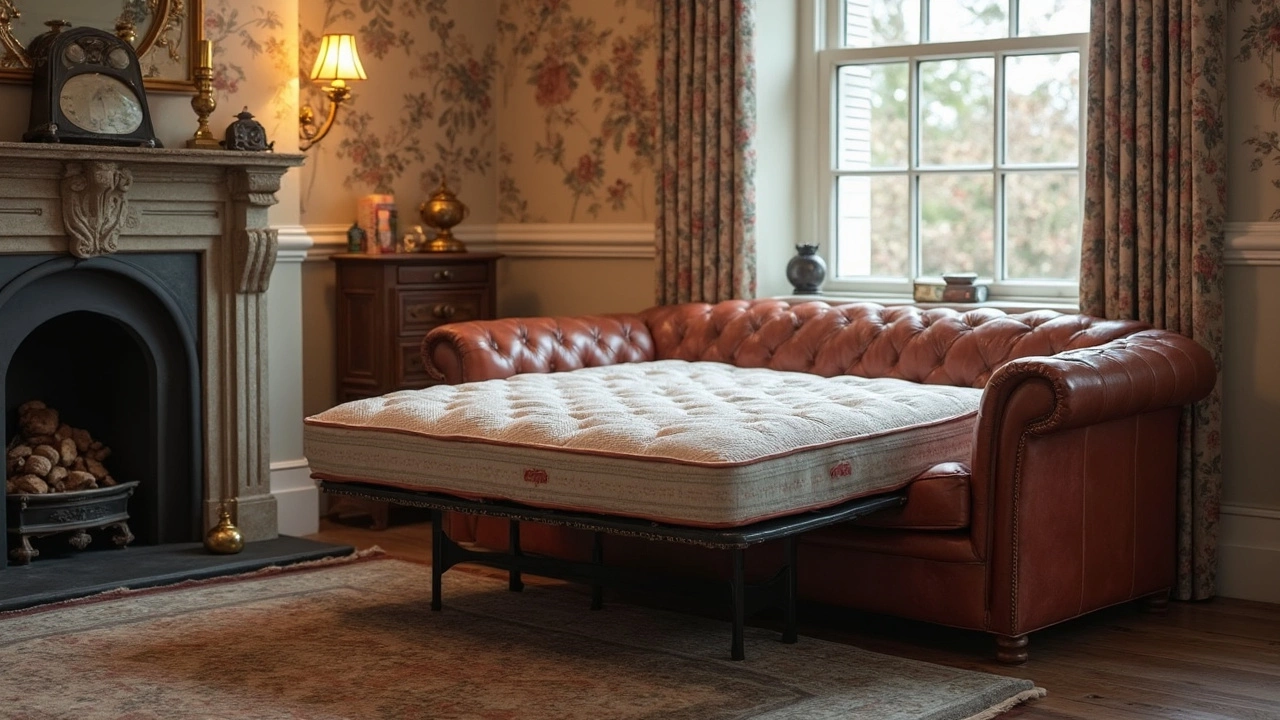Mattress Topper Guide – Why It Matters and How to Choose
If your bed feels a little flat or you wake up with sore joints, a mattress topper can be the quick fix you need. It’s a cheap way to add comfort, protect the mattress underneath, and even adjust the feel without buying a whole new bed. Most people don’t realize how much a thin layer of foam, latex, or feather can change a night’s sleep.
Think of a topper as a pillow for your mattress. You place it on top, and it adds extra cushioning or firmness depending on the material you pick. This means you can make a firm mattress feel softer, or give a soft one a bit more support. The result is better alignment, fewer pressure points, and a longer lifespan for your original mattress.
Types of Mattress Toppers
Memory foam is the most popular for its ability to hug the body and relieve pressure. It’s great for side sleepers and people with back pain. The downside is it can trap heat, so look for gel‑infused or ventilated versions if you tend to get hot.
Latex offers a bouncy feel and stays cool. Natural latex is durable and hypoallergenic, but it’s usually pricier. If you want a sleeper that snaps back quickly after you move, latex is the choice.
Feather or down toppers give a plush, hotel‑like sensation. They’re soft and breathable, but they don’t add much support, so they work best on a firm mattress that already has good base support.
Pillow‑top toppers are a hybrid of foam and fiber. They provide a cushy surface while still keeping some bounce. Many brands sell them in a single piece that slides onto the mattress, making installation painless.
How to Pick the Right One
Start with the size. Measure your mattress (twin, full, queen, king) and buy a topper that matches exactly – a small mismatch can cause wrinkling and sliding.
Next, decide on the thickness. A 2‑inch topper adds noticeable softness, while a 1‑inch layer offers a subtle lift. If you have severe back issues, go for 3‑inch memory foam for extra support.
Think about firmness. Foam and latex are rated by ILD (Indentation Load Deflection) numbers – higher numbers mean firmer. For a soft feel, choose low‑density foam; for more support, pick higher density.Set a budget. Basic polyester fiber toppers can start under £30, while premium latex can exceed £200. You don’t need the most expensive option to feel a difference; many mid‑range foams give great value.
Finally, consider maintenance. Look for a removable, washable cover. Toppers that breathe or have a breathable cover stay fresher longer. Rotate the topper every few months to prevent uneven wear.
When you’re ready to buy, read a few user reviews to see how the topper holds up over time. Most sellers offer a trial period – use it to test comfort after a week of sleep. If it doesn’t feel right, you can return it and try another type.
Bottom line: a mattress topper is a low‑cost upgrade that can make an old bed feel brand new. By matching material, thickness, and firmness to your sleep style, you’ll get better comfort, less motion transfer, and a mattress that lasts longer. Give it a try and notice the difference on the first night.





